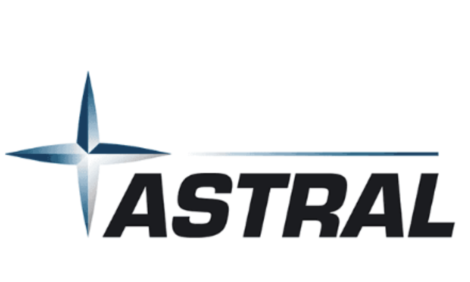



Study Finds US Consumers Use COOL in Purchase Decisions
US - A recent study by the University of Arkansas showed that US consumers were more likely to purchase meat when it was identified as a US product.The US' National Farmers Union (NFU) President Roger Johnson applauded the release, and urged Congress to respect consumers’ right to know where their food comes from by rejecting efforts to repeal Country-of-Origin Labelling (COOL).
The World Trade Organisation (WTO) recently ruled in favour of other countries such as Canada and Mexico, which said that COOL infringed various trade laws and put their products at a disadvantage on the US market. Canada and Mexico may now impose sanctions on the US if they fail to repeal the laws.
“Opponents of COOL have argued that it has no impact on consumers’ purchasing decisions,” said Mr Johnson.
“This study clearly shows the opposite: that consumers use COOL to draw inferences related to a food product’s safety, taste and freshness.
"NFU urges Congress to reject efforts to repeal the popular labelling law and instead focus on finding a solution to the recent World Trade Organisation (WTO) dispute that maintains the integrity of COOL and continues to provide consumers with information they use to make informed decisions about what they eat.”
The study, written by University of Arkansas marketing researchers, found that COOL provides consumers with additional information that has both direct and indirect effects on purchasing decisions.
“The (COOL) requirement impacts inferred attributes, such that meat products from the US are perceived to be safer, tastier, and fresher than meat products from Mexico,” noted the study.
“These attribute inferences, in turn, have differentially positive effects on purchase intentions.”
Mr Johnson noted that the US Senate will soon weigh its options for meeting WTO obligations.
“As the Senate searches for a path forward for COOL, we urge them to consider this new study that clearly shows US consumers care where their food comes from and that they use COOL to determine where it comes from,” he said.








